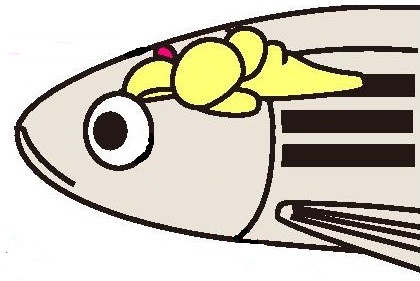When investigating elementary particles, we come across groups of three. A group of three is called a triplet. Pairs often have duals with opposing properties, such as positive and negative or north and south poles, but when it comes to triplets, do combinations, interactions, or movements arise?
Triplets related to elementary particles
Atoms, which make up matter, are composed of electrons, protons, and neutrons, and protons and neutrons are further composed of three quarks. There seem to be three generations of quarks and electrons, with the upper series of quarks being up, charm, and top, and the lower series being down, strange, and bottom, and electrons being electron, muon, and tau. There also seem to be three generations of neutrinos, electron, muon, and tau.
The world of elementary particles is mysterious, and just as there are three states of electric charge – positive, negative, and neutral – there also seems to be matter, antimatter, and nothing.

DNA triplets
The DNA base sequence is a sequence of four bases, A, T, G, and C, and the combination of these three bases, called a codon, is the blueprint for a protein. When transcribed from DNA to mRNA, T is replaced with U, so CGU represents arginine, AAU represents asparagine, and CAA represents glutamine. There are 4 x 4 x 4 possible combinations, but there are also duplications, so there are 20 types of proteins that can be made.

Other triplets
Matter seems to have three basic states called solid, liquid, and gas, and changes mainly due to pressure and temperature. Space can also be expressed in three dimensions, with the x-axis, y-axis, and z-axis, and the three primary colors of light, red, green, and blue, may be unique to humans, but the right eye, left eye, and third eye, including the pineal gland that has the third eye that senses light, may also be considered a kind of triad, although they may be unique to fish and chickens.

Triplets are amazing
Other examples, which may be largely due to human perception, may also be triads, such as production, consumption, and decomposition in the ecosystem, the celestial bodies such as the Sun, Earth, and Moon, the terrestrial, marine, and air terrestrial systems, and the elements H2O (water) and CO2 (carbon dioxide), which are made up of three atoms.
When three elements exist, some kind of interaction and complexity is likely to arise. When predicting the motion of a celestial body due to gravity, one celestial body is easy, the interaction of two celestial bodies is calculable, but when it comes to the interaction of three celestial bodies, it becomes extremely difficult. Just like the three-body problem, three elements will create a complex system. The interactions created by triplets are amazing. The triplet of the Earth is amazing.



